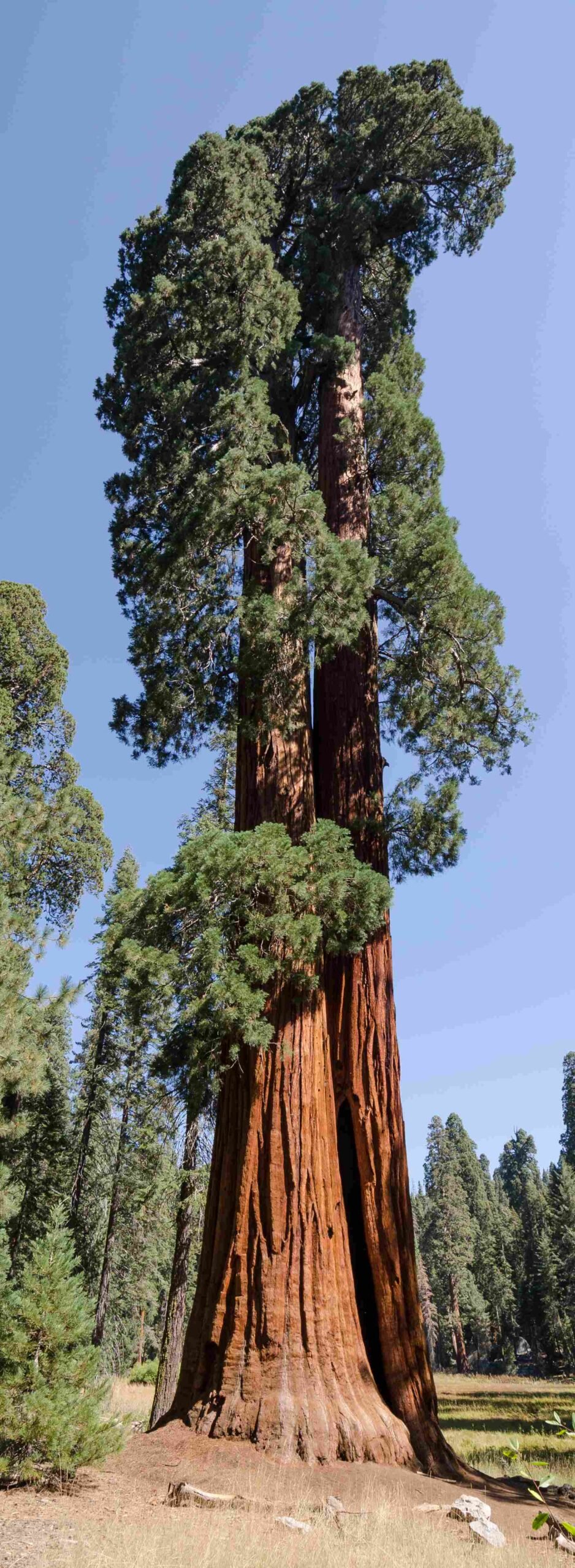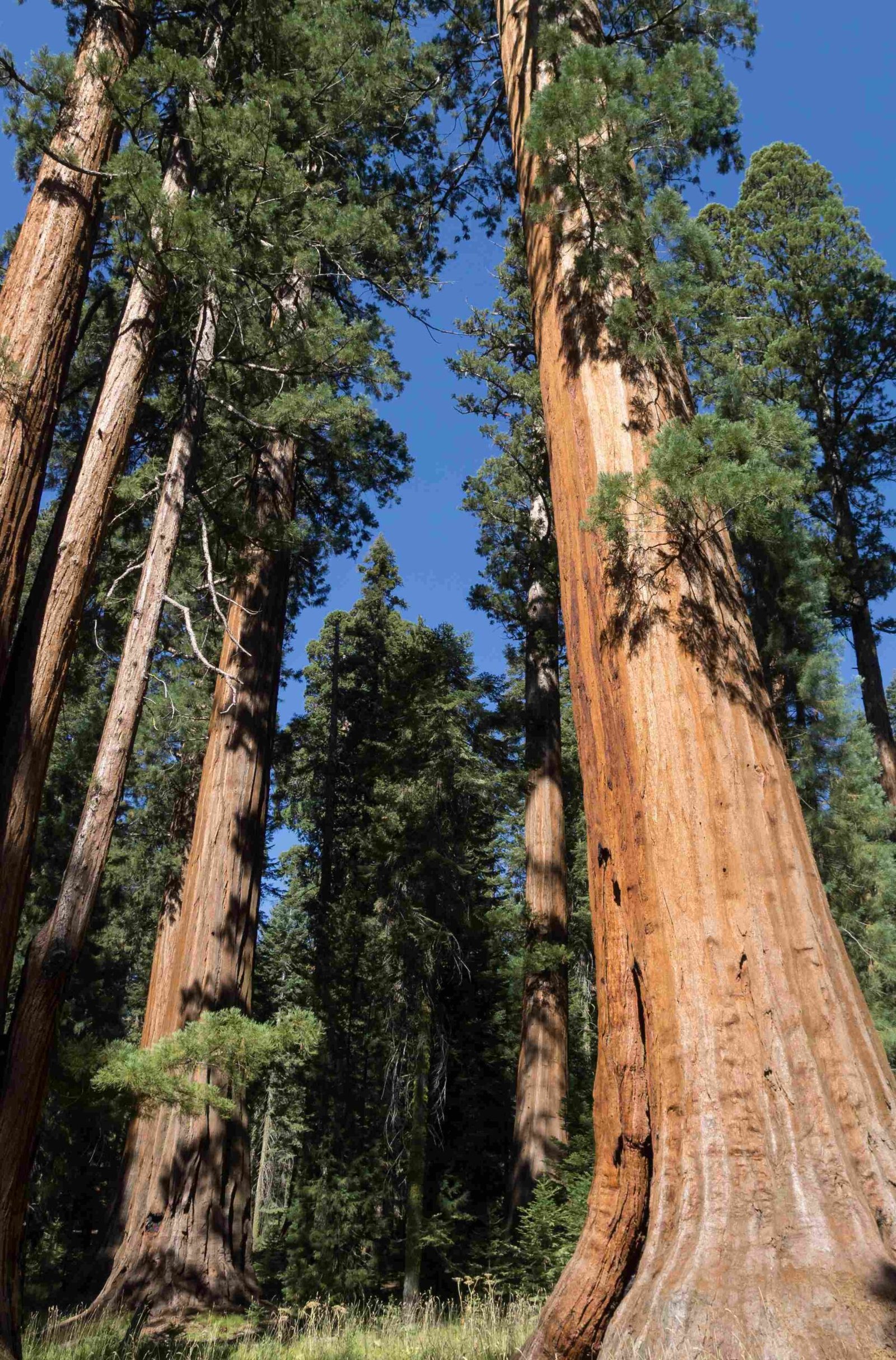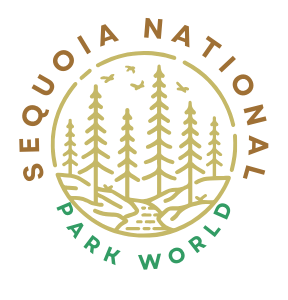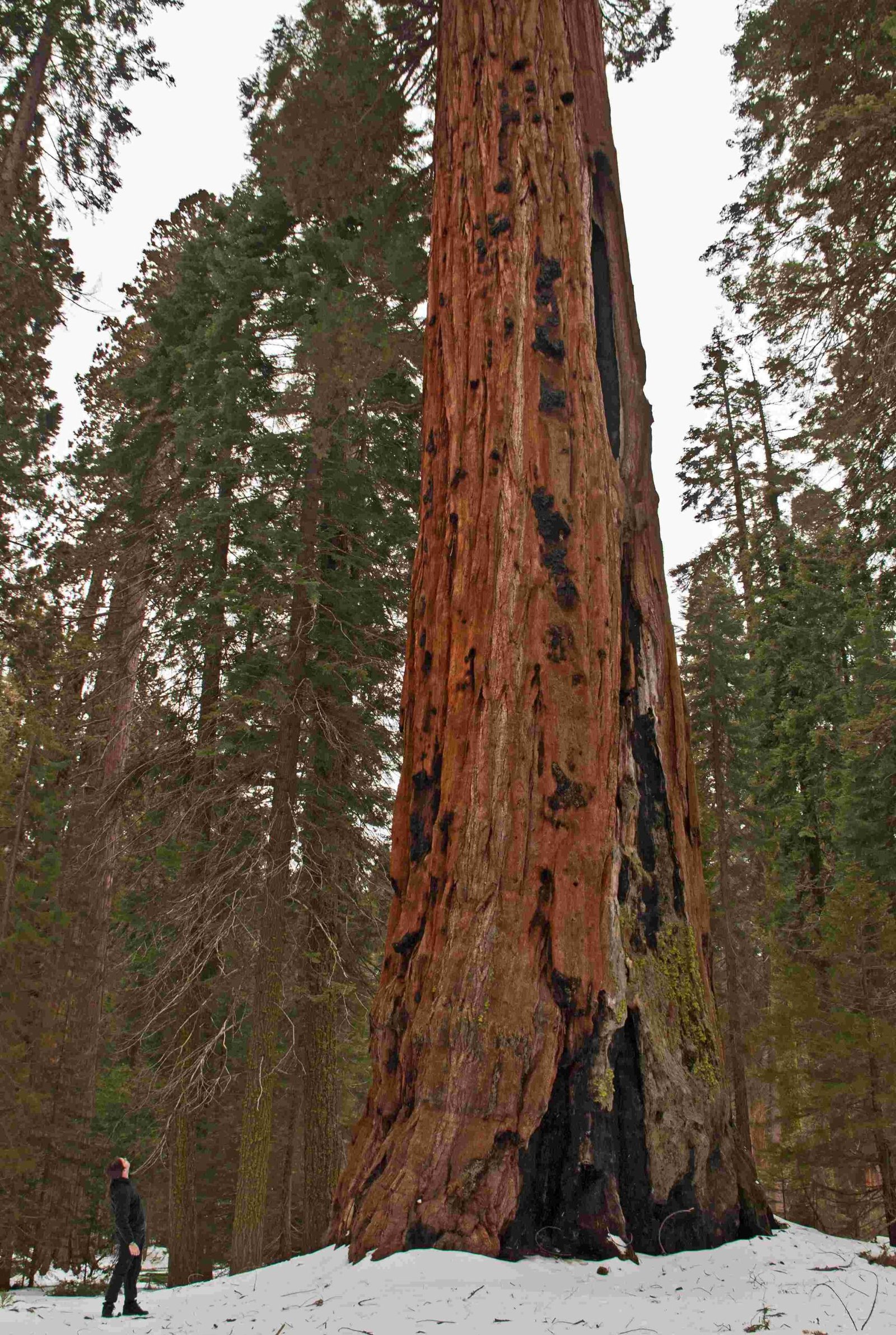The Dead Giant Hike in Sequoia National Park is a short, easy trail that offers a unique glimpse into the life cycle of giant sequoias. This 0.4-mile one-way trail features a fallen sequoia known as the ‘Dead Giant’ and ends at the historic Squatter’s Cabin. Located off Crescent Meadow Road, this lesser-known trail provides a peaceful alternative to more crowded park attractions, making it an ideal choice for hikers of all skill levels seeking a quick nature immersion.
What Makes the Dead Giant Hike Special?

The Dead Giant Hike stands out for its accessibility and the opportunity to witness the aftermath of natural forest processes. The trail’s centerpiece, the fallen ‘Dead Giant,’ serves as a poignant reminder of the park’s dynamic ecosystem. This massive sequoia, felled by a wildfire years ago, now acts as a habitat for various forest creatures, showcasing nature’s cycle of life and death.
Where Is the Dead Giant Trail Located?

The Dead Giant Trail is situated in the heart of Sequoia National Park, California. Here are the key details about its location:
- Trailhead: Located off Crescent Meadow Road
- Distance from High Sierra Trailhead: Approximately 0.3 miles (0.5 km)
- Connections: Links to the Huckleberry Trail at Squatter’s Cabin
What Are the Trail Specifications?
Understanding the trail’s characteristics is crucial for planning your hike. Here’s a breakdown of the Dead Giant Trail specifications:
| Aspect | Details |
|---|---|
| Distance | 0.4 miles (0.6 km) one way |
| Elevation Gain | Minimal (relatively flat) |
| Difficulty | Easy |
| Duration | 15-30 minutes (one way) |
| Trail Type | Out and back |
What Can Hikers Expect to See?
The Dead Giant Hike offers a variety of natural attractions:
- The ‘Dead Giant’ – A fallen sequoia showcasing forest ecology
- Diverse flora and fauna typical of the Sierra Nevada
- Squatter’s Cabin – A historic structure at the trail’s end
- Potential wildlife sightings (always observe from a safe distance)
- Views of the surrounding sequoia forest
How Difficult Is the Dead Giant Hike?
The Dead Giant Hike is renowned for its accessibility. Here’s why it’s suitable for most visitors:
- Minimal elevation gain
- Short distance (0.4 miles one way)
- Well-maintained trail surface
- Suitable for families and hikers of all skill levels
- Offers a quick nature experience for those short on time
When Is the Best Time to Visit?
Timing your visit can greatly enhance your hiking experience. Consider these factors:
Seasonal Considerations:
- Best hiking months: April through October
- Winter months may have snow and ice, potentially limiting access
Visitation Patterns:
- Less crowded compared to other park attractions
- Early morning or late afternoon visits may offer better lighting for photography
Weather Conditions:
- Summer: Warm days, cool nights
- Winter: Cold temperatures, possible snow
- Always check current weather and trail conditions before your visit
Where Can Visitors Park?
Parking for the Dead Giant Trail is convenient but limited:
- Small turnouts available off Crescent Meadow Road
- Located about 0.3 miles from the High Sierra Trailhead
- Free parking included with park entrance fee
- Consider using the free Sequoia shuttle service during peak seasons
What Should Hikers Bring?
To ensure a safe and enjoyable hike, pack the following essentials:
- Water (at least 1 liter per person)
- Snacks or light meals
- Sun protection (hat, sunscreen, sunglasses)
- Comfortable hiking shoes
- Camera for capturing the ‘Dead Giant’ and scenic views
- Layered clothing (temperatures can vary)
- Map of the area (available at visitor centers)
- First-aid kit
How Does the Dead Giant Hike Compare to Other Sequoia Trails?
The Dead Giant Hike offers unique advantages:
- Shorter and easier than many popular trails in the park
- Less crowded, providing a more serene experience
- Focuses on a specific natural feature (the fallen sequoia)
- Connects to other trails for extended hiking options
- Ideal for those with limited time or mobility
What Conservation Efforts Are in Place?
Sequoia National Park actively manages its trails and natural resources:
- Regular trail maintenance by National Park Service
- Fire management strategies to protect giant sequoias
- Visitor education on Leave No Trace principles
- Ongoing research on sequoia ecology and fire impacts
By understanding these aspects of the Dead Giant Hike, visitors can fully appreciate this hidden gem within Sequoia National Park. Whether you’re a seasoned hiker or a casual nature enthusiast, this trail offers a unique and accessible way to experience the majesty of the giant sequoias.
References:
1. https://noahlangphotography.com/blog/dead-giant-trail-sequoia-national-park
2. https://www.alltrails.com/trail/us/california/sequoia-lake-overlook-via-north-grove-and-dead-giant-loop-trail
3. https://www.nps.gov/seki/planyourvisit/trailcond.htm

